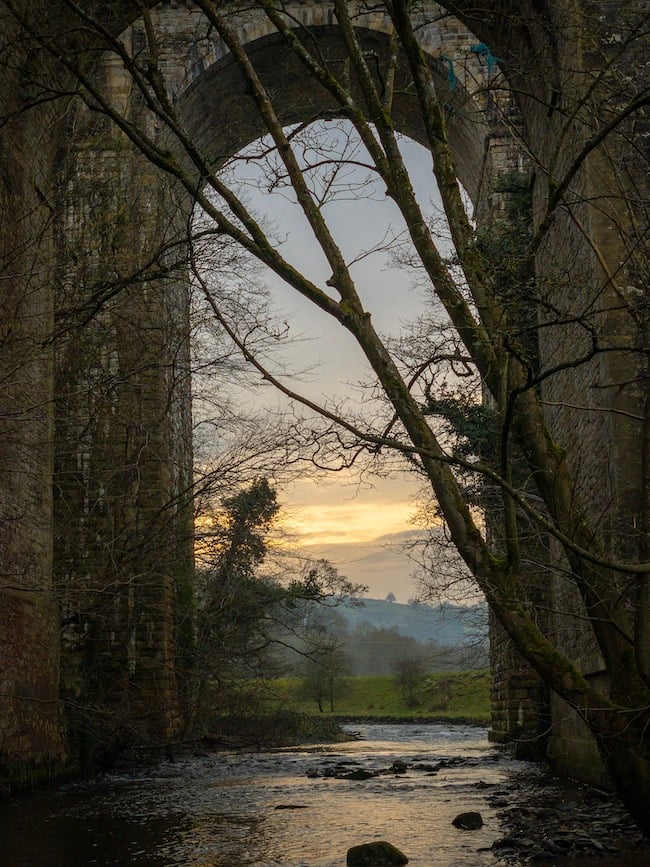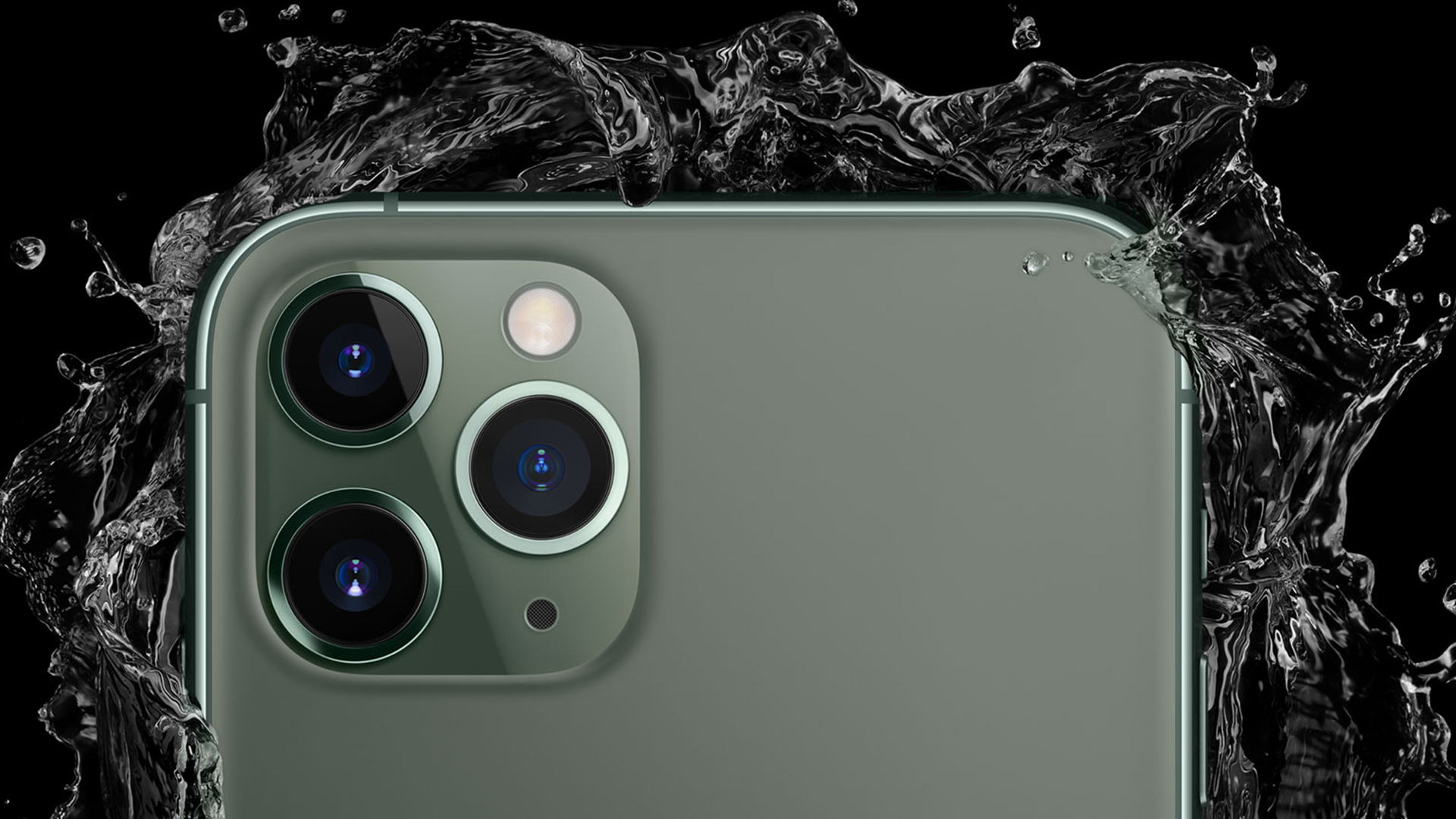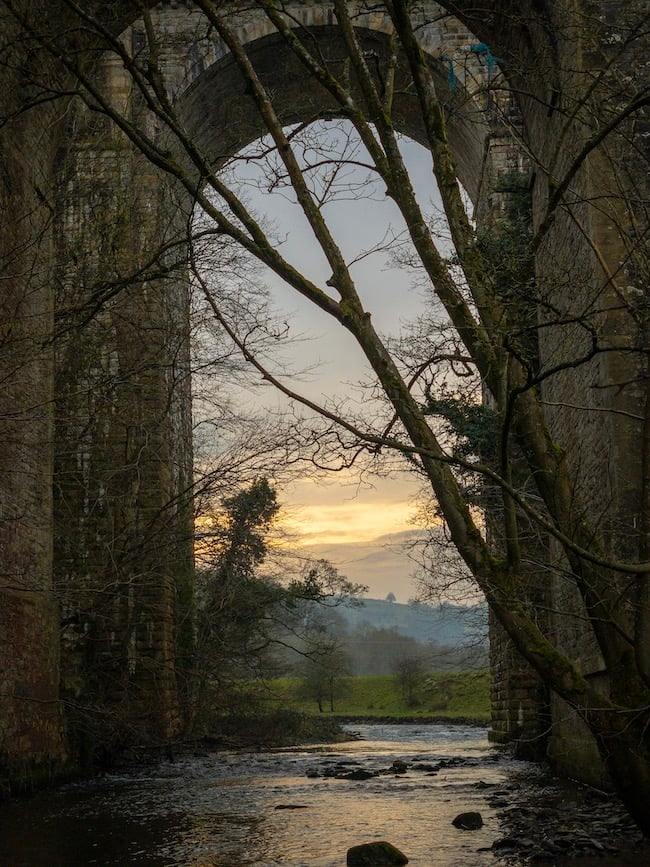

What you can do with the camera in your pocket today is just the tip of the iceberg of what it will do tomorrow.
When you re walking up a mountain, a lot of people forget to stop and look at the view. If you only look at your feet it is easy to miss just how far you have climbed until you do so. Advances in technology are very much like this.
A good while ago I wrote once about how what we define a 'professional' camera today is very loose, because generally any camera can be called professional if a professional is using it to make money. Understandably a few people disagreed because some cameras that are used in a professional scenario are clearly not designed with that purpose in mind. The way GoPro cameras were used in big feature films as crash cameras until a much higher quality alternative arrived is a case in point. A GoPro is certainly not the first camera you would think about using for a professional production unless you had no other option.
But increasingly we are seeing lower end cameras appearing on the market that, again arguably, have the sorts of abilities that you would expect from a pro level camera. From dynamic range and noise performance through to colour reproduction and the ability to take raw photos that can be seriously manipulated. Smartphones are increasingly not bound by limitations such as a single wide angle lens. Many now employ multiple cameras with different focal lengths making them an all-in-one solution to everyday picture taking.
The new iPhone 11 and 11 Pro are examples where the boundaries of quality between what could traditionally be termed a professional camera and an amateur one are being edged away each year. I own an iPhone XS, released only at the end of last year, and I am constantly impressed with the photos it produces, especially using an app such as Halide to take raw DNGs. The default camera app on the other hand produces pictures that can be overly edge enhanced with artefacts. But what I am seeing coming from the iPhone 11 Pro using the built in camera app is a night and day difference in quality. Much more natural, yet full of detail and natural gradations.

The best camera is the one you have with you (Image taken with iPhone XS)
Increased processing
It goes without saying that the increased processing ability has something to do with this. The new iPhone can utilise much more complex computational imagery processes to make the most of those small sensors. It also has more data to go on from three different cameras. However it isn't just the overall picture quality that has improved, functionality has too. The fact that the current generation of phones utilise multiple cameras at different focal lengths gives them far more versatility than ever before. So while you may not be using it to try and rival top wildlife photographers such as Paul Williams (look him up, he's superb), you do have all the lenses you'll need in one discrete device to cover most general scenarios.
A device such as a highly capable phone makes a great street photography system. In the past I have taken landscape photos and then gone back to manipulate the images a year or so later only realising that I had taken them on a phone when I viewed the metadata!
Using these types of devices for video often has more limitations. Battery life, ergonomics, and speedy control over the image to name three. But each and every release brings better control, better processing, and better battery life. Lest we forget that RED are developing a new Hydrogen phone, too. Now for those who poo poo such a thing, I shouldn't need to remind you how RED has a very good track record of learning from its mistakes. The improvements from RED One to the company's second generation cameras is a case in point. It would be a very big mistake indeed to write off Hydrogen 2 before a physical prototype has even made it out of the factory.

No matter what you use, light will always be king. But increasingly taking photos with phones does not limit you in anything but the most specialised of subjects (Image taken with iPhone XS)
Good enough?
We've often written on RedShark about the idea of 'good enough'. There comes a point where the improvements in picture quality become minimal, and thus at any given point you could probably purchase any modern camera and get a great picture out of it, but the things that really matter on a camera system are often not related to picture quality at all.
I mentioned ergonomics and ease of use. I have a little theory for this; There aren't many problems that can't be solved with faster processors and therefore much more complex computation. Maths is everything.
Currently, shock horror, there are a great many camera ops out there using the highly sophisticated autofocus options available on cameras now. We have face tracking, pupil tracking, object tracking, and even animal tracking. Devices now can actually recognise different types of object in the picture, and in some systems can even continue to track them if they pass behind objects such as a post or wall by making a prediction of the movement. And here's the even more startling thing. Such systems are becoming very effective indeed. Selective focus becomes a case of touching a screen, and the smoothness of the focus change can be set within a menu.
Granted, this isn't as tactile as manual focus. I'm a big fan of turning a focus ring with my own hand, but I cannot deny that if I get off my high horse I can have full creative control of the image even if my lens is fully automatic. And these things are improving hugely year on year.
I'll leave you with a truism that you can feel free to try and disprove in the comments. The type of camera that you think is not suited to professional use today will be used for professional applications tomorrow.
Tags: Production


Comments